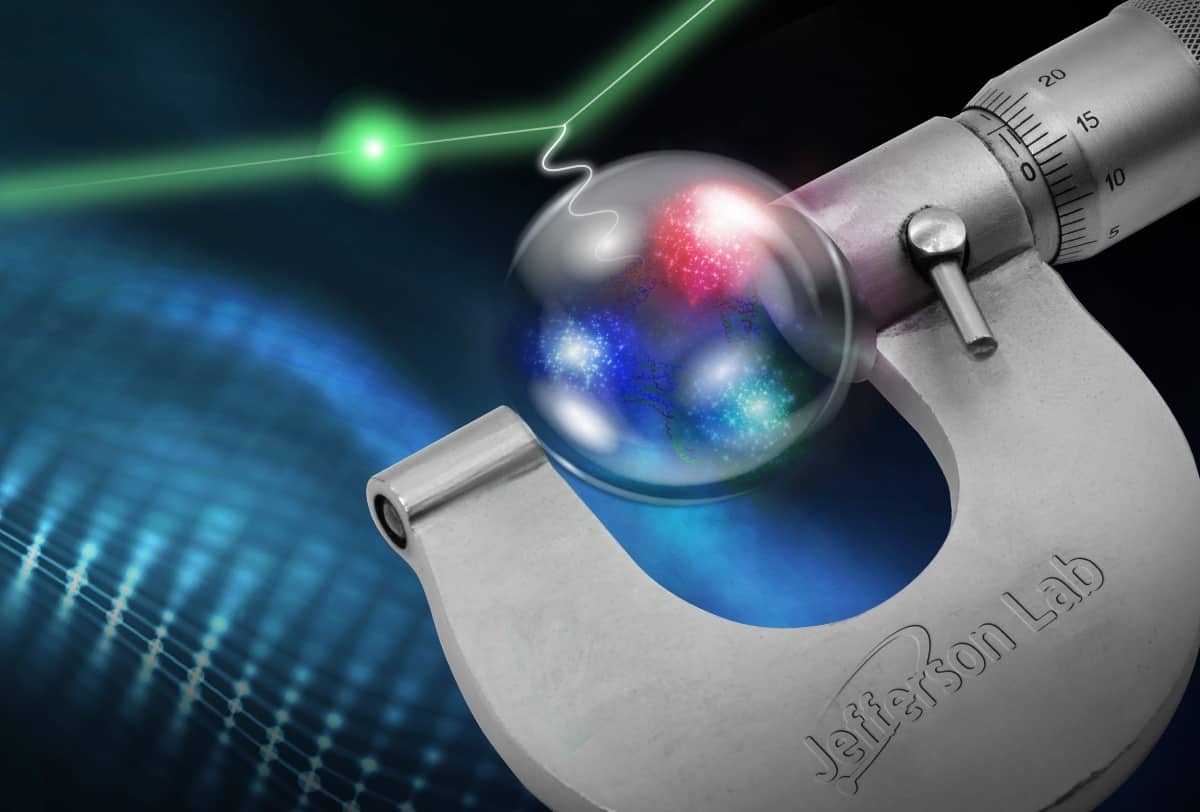

When using our physics knowledge about this larger density together with the information contained in the high-q data, the model dependence of the extrapolation is reduced, and different parameterizations of the pre-2010 data yield a consistent value for R = 0.887 ± 0.012 fm. As experimental data cannot reach that limit, numerous methods formaking the extraction have been proposed. This shape of G(q < q min) is closely related to the shape of the charge density ρ(r) at large radii r, a quantity that is ignored in most analyses. Background: Extracting the proton charge radius from electron scattering data, requires determining the slopeof the charge form factor at Q2 of zero. 7 Spectroscopy method edit The spectroscopy method uses the energy levels of electrons orbiting the nucleus. We extract the proton charge radius from the elastic form factor (FF) data using a novel theoretical framework combining chiral effective field theory and. The problem lies in the model dependence of the parameterized G(q) needed for the extrapolation. Prior to 2010, the proton charge radius was measured using one of two methods: one relying on spectroscopy, and one relying on nuclear scattering. Methods: We make use of stepwise regression techniques using the F test as well as the Akaike information criterion to. Purpose: In an attempt to understand the discrepancy, we review high-precision electron scattering results from Mainz, Jefferson Lab, Saskatoon, and Stanford. Present knowledge of the (root-mean-square) proton charge radius which does not depend on hydrogen spectroscopy comes from electron scattering experiments. We discuss the approaches used to analyze the e-p data, partly redo these analyses in order to identify the sources of the discrepancies and explore alternative parameterizations. The discrepancy has become known as the proton radius puzzle. This article reviews the latest situation concerning the proton charge radius in light of the new experimental results from both atomic hydrogen spectroscopy and electron scattering measurements, with particular focus on the latter. This radius, traditionally determined from elastic electron-proton scattering via the slope of the Sachs form factor G e (q 2) extrapolated to momentum transfer q 2 = 0, shows a large scatter. It also has an impact on the Rydberg constant, one of the most precisely measured fundamental constants in nature. The rms-radius R of the proton charge distribution is a fundamental quantity needed for precision physics.


 0 kommentar(er)
0 kommentar(er)
